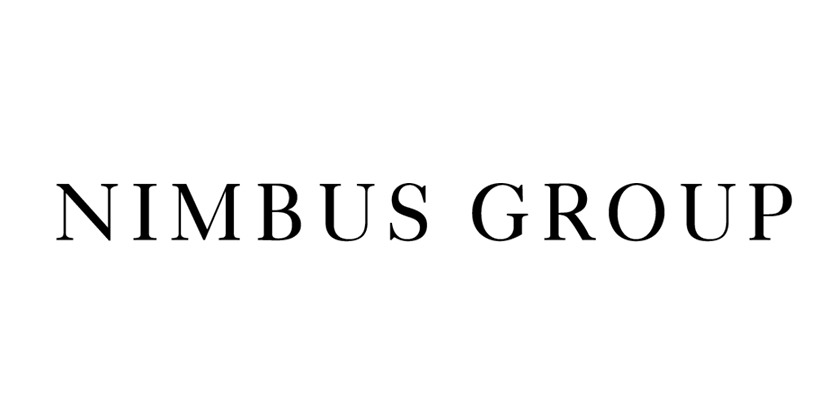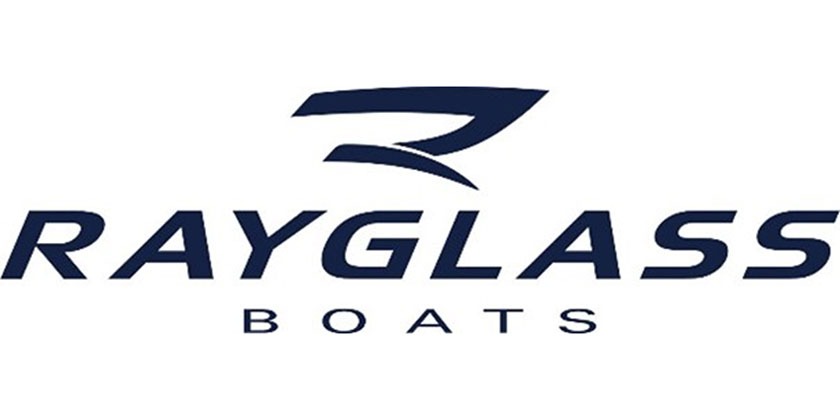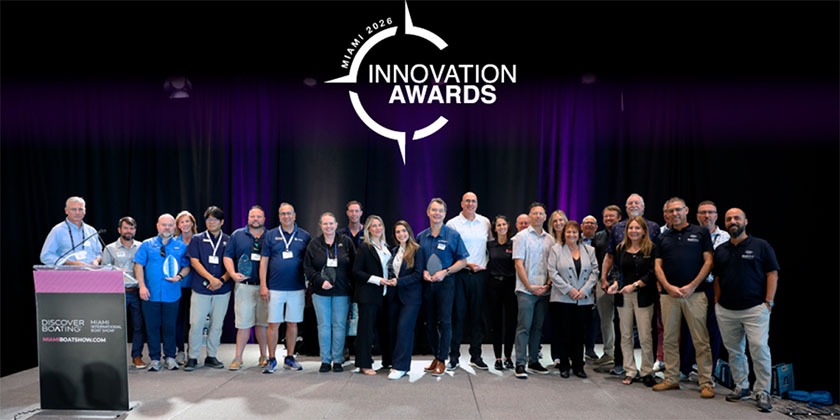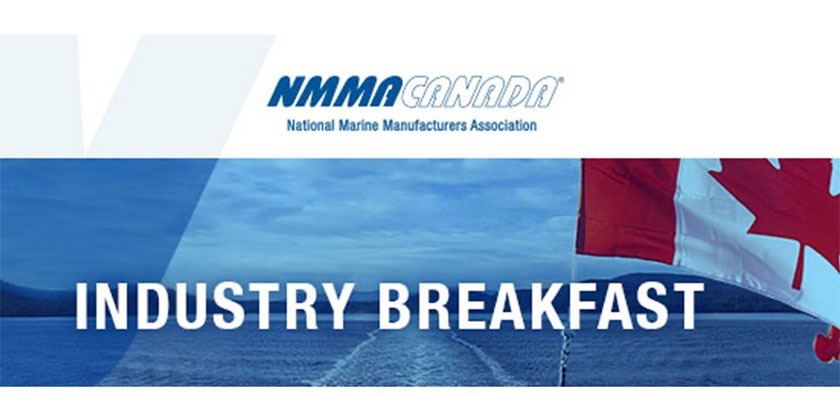PREMIUM STABILISATION FOR BEST COMFORT AND PERFORMANCE AT SEA
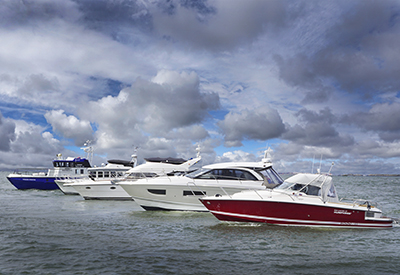
May 29, 2017
During two intense weeks in the beginning of May, the Swedish company Humphree held their global Distributor Meeting 2017 and in conjunction, leading boating journalists were invited to sea trial news on the topic ‘Stabilisation’ for everyone. In addition to a thorough technical review of the systems and its benefits, the journalists had the opportunitiy to sea trial with a wide range of boats, equipped with Humphree Interceptor Stabilisation systems as well as their Electric Fin stabilisers.
The engeenering driven company produces high tech stabilisation systems that increases comfort and performance radically to any premium boat on the market. There were two main topics for this event, stabilisation for everyone and the new 24V DC Electric Fin stabiliser system. A large part was spent on sea trials under the motto seeing is believing.
STABILISATION FOR BOATS DOWN TO 25FT.
Boat stabilisation is about counteracting roll and pitch motions. Stabilisation equipment has been increasingly available for yachts since the turn of the millennium. For smaller boats nothing has really been available on the market.
Therefore, Humphree recently modified their proven Ride Control units (RCU) to interact with their new X-Series interceptors. A move that means that there is now a system available for all premium boats from 25ft up to well over 100ft – and that to affordable prices.
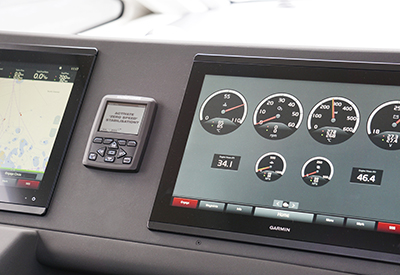 RESPONSE TIME IS CRUCIAL
RESPONSE TIME IS CRUCIAL
An interceptor is, simply explained, a kind of trim tab that makes the boat very stable, creates significant forces by controlling the movement of a blade with an advanced control unit sensing the boats movements.
The basic advantage, over a traditional trim tab, is the ultra-fast movement of the Humphree interceptors that generate lifting force. Where a traditional trim tab takes about 10 to 15 seconds to move, the 50mm (2”) Humphree interceptor operates to full deployment of the blades in only 0.7 seconds. This type of stabilisation is not to be mixed up with other systems on the market that offer automatic functions.
“You can’t stabilise with a “slow” system” says Christer Widmark, Engineering manager at Humphree.
If the boat heels to one side as a result of wind or load condition, even a slow system can automatically bring the boat level. However, a slow system is very limited incounteracting roll motions, simply because they cannot keep up with the boat’s roll motion. There is even a large risk of increasing the roll motion if trying to counteract.
When the boat begins to roll to one side, the interceptor blade instantly moves to counteract this roll motion. Shortly after, when the boat starts to roll to the other side, the deployed blade is retracted and the blade on the opposite side is instead instantly deployed. Equally important as the speed of the interceptor is the location of the generated lift force. The lift force needs to be positioned as far away from the keel as possible, creating a larger righting arm and quicker response.
SEEING IS BELIEVING
During the sea trials it is obvious how the tested boats roll significantly less with the system on and keeps the boat at even keel at the same time. The boat also becomes more course stable in the waves and the result is a safe and relaxed journey onboard.
The system works strikingly well also at slow speed providing good stabilisation already at 10 knots. The boats equipped with the Humphree Active interceptors showed that the system works equally well on different type of boats and it does not matter what propulsion system that is being used.
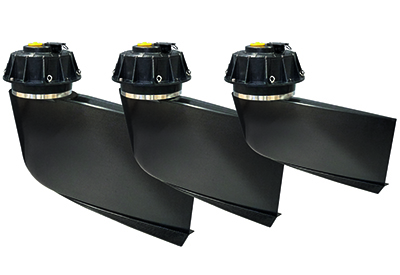 24DC ELECTRIC FIN STABILISERS
24DC ELECTRIC FIN STABILISERS
Now, coming to the second topic for the event, the 24DC electric fin stabilisers. The company won the prestigious DAME award in the end of 2015 for this package and finally we had the opportunity to test the system in an Azimut 68S. These fin stabilisers are clever things that keeps the boat stable both at rest and when driving.
The Humphree solution is a little different to other fin stabilisers on the market as Humphree have developed a 24DC system rather than hydraulic or AC that have been the only choices earlier. This means that the fins can operate without a genset for some time. The system have several features such as the clever 360° rotation making it possible to choose “bow anchor mode” where the fins rotate 180° to gently pull in the anchor chain keeping the boat against the wind with less so called anchor walking.
Humphree also combines the fins with the interceptors on the transom to create a full trim and stabilisation system package taking care of dynamic trim for best fuel consumption and performance, stabilisation for minimizing both roll and pitch motions while underway and stabilisation at zero speed while at anchor. On top the system smoothens turns using the combined refinement that is given with the system.
– We aim to give our customers good value through highest comfort, built-in security features and the best possible on water experience, says Per Landegren CEO at Humphree. Parallel with the new releases Humphree global dealer network grows. With Volvo Penta as the main owner, the company is setting up new dealers across the world adding up to around 100. Europe is the largest business area followed by US and Canada. Although we get benefits through a close relationship with Volvo Penta, we work completely independent as separate brands and we cooperate closely with other propulsion manufacturers as well,” says Per Landegren.
Our systems bring comfort and performance not only to boaters with pleasure boats and yachts. A large portion of our business is in the commercial and military sector where professionals onboard pilot boats, sea rescue, police and passenger vessels as well as boats for military use, have today experienced a better working environment with our products.
The company Humphree was established in Gothenburg at the west coast of Sweden in 2002 to provide cutting-edge products and services tailored to unlock the true potential of all types of fast vessels – new or existing. Founded by a team of hydrodynamicists and marine engineers, active in the field of marine high-speed propulsion and ship hydrodynamics since the early 1990’s.







